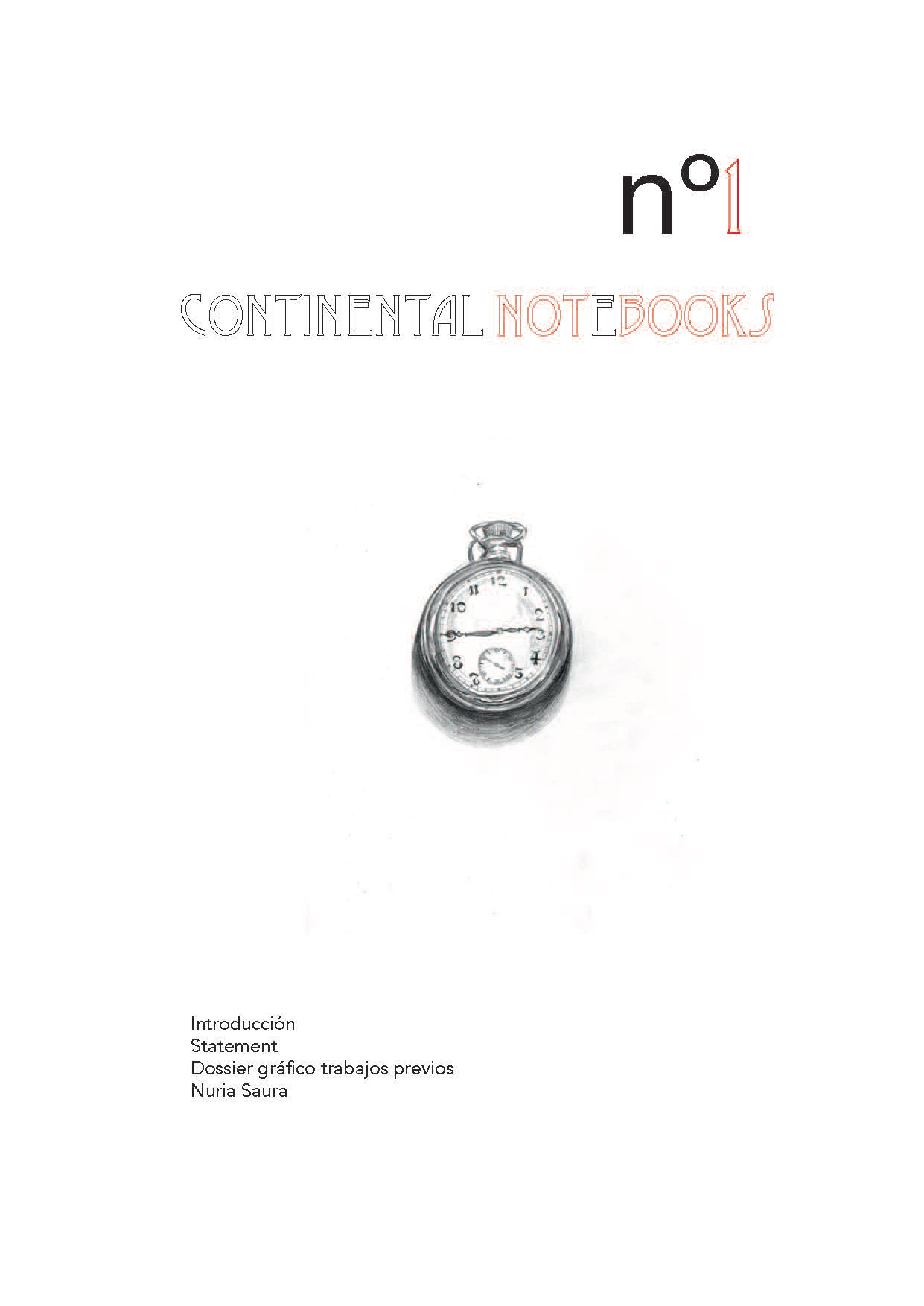
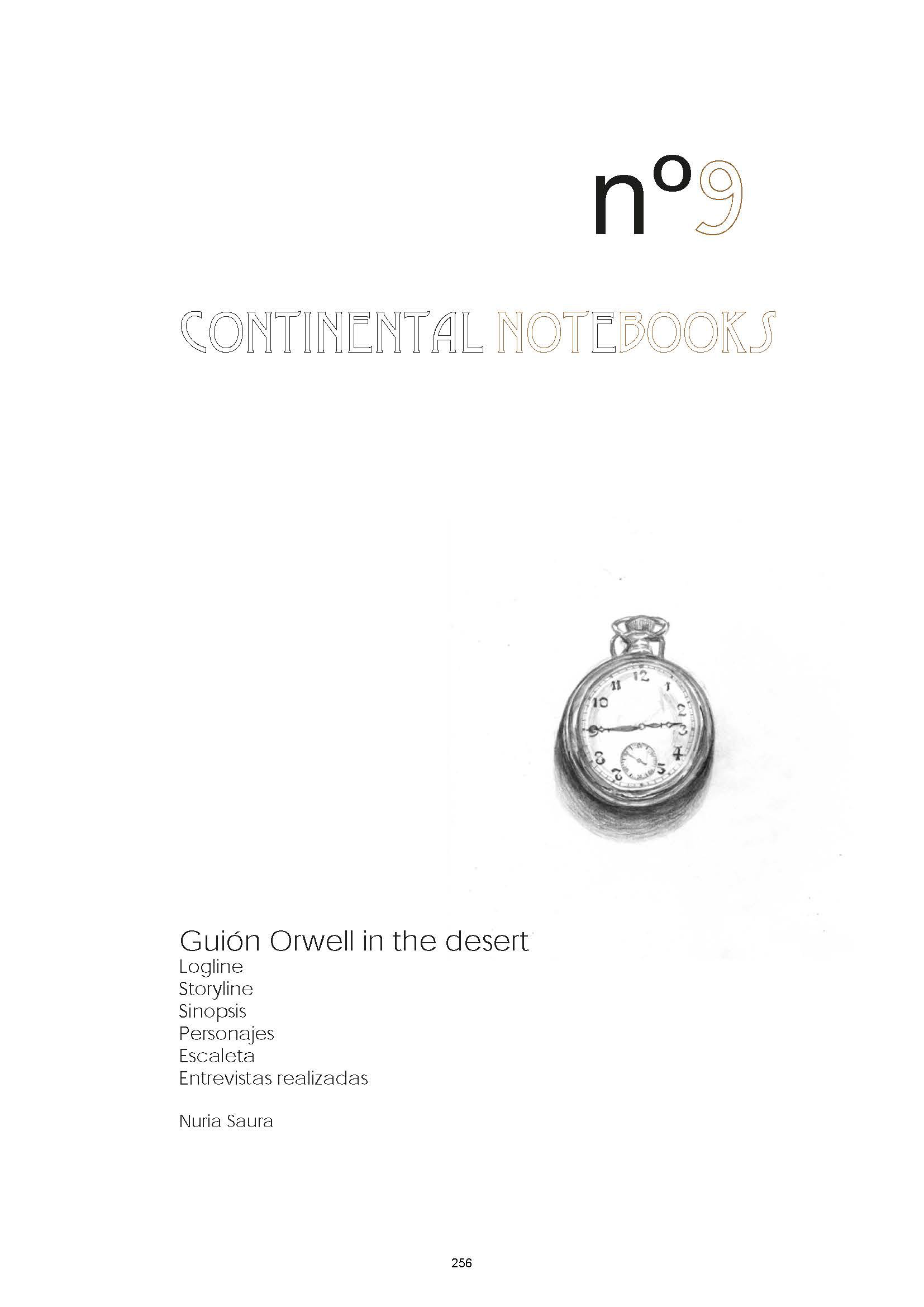
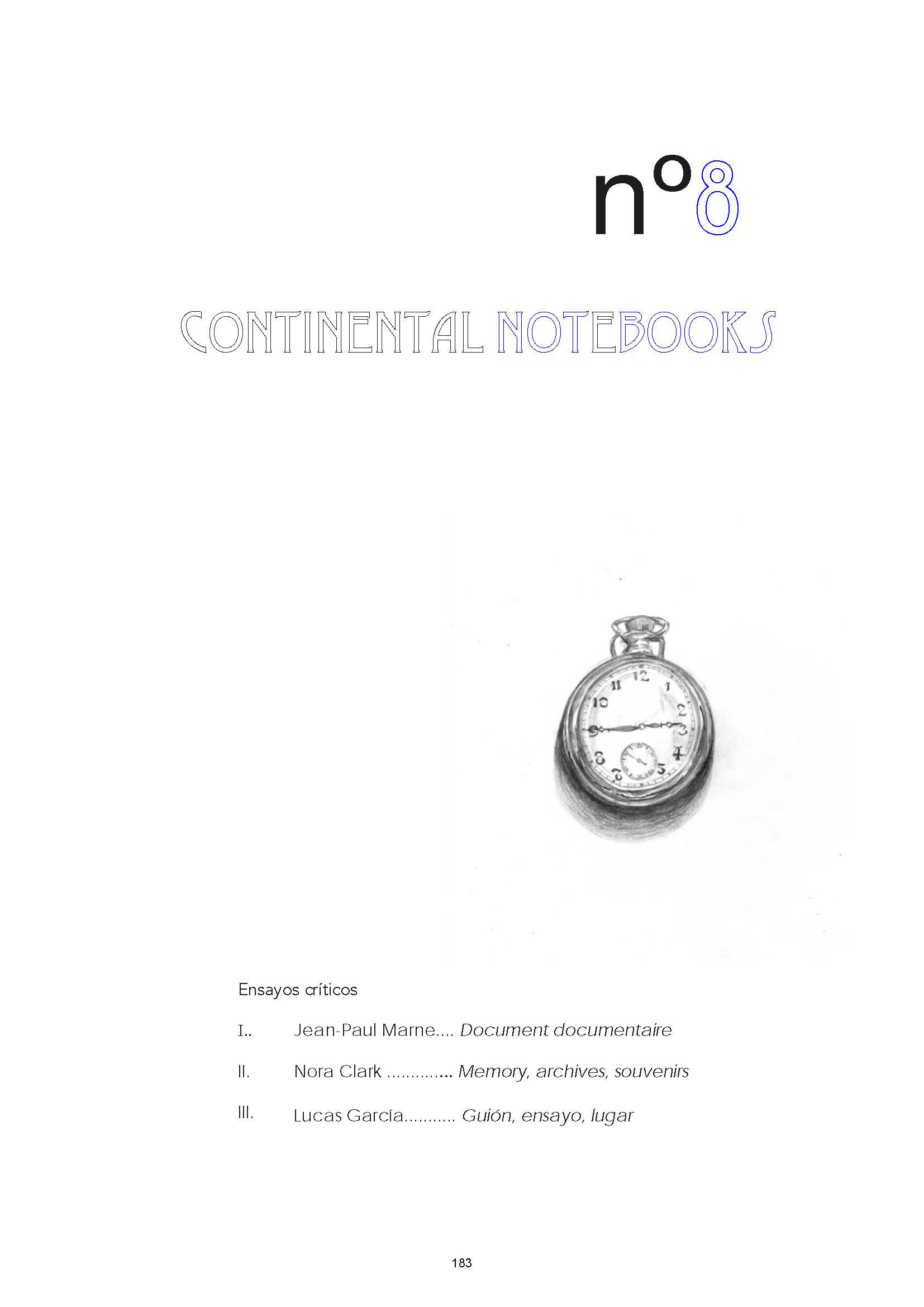
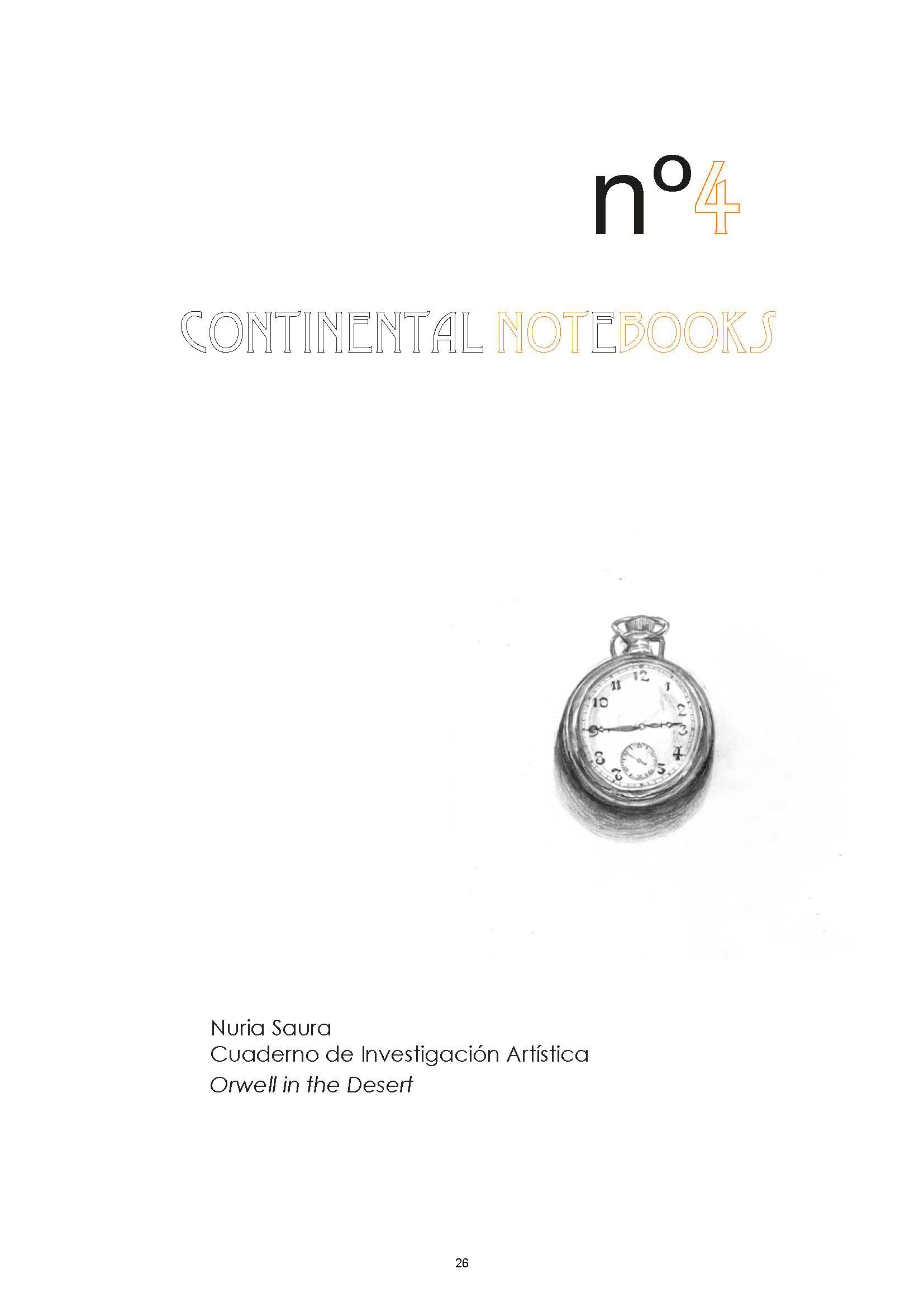
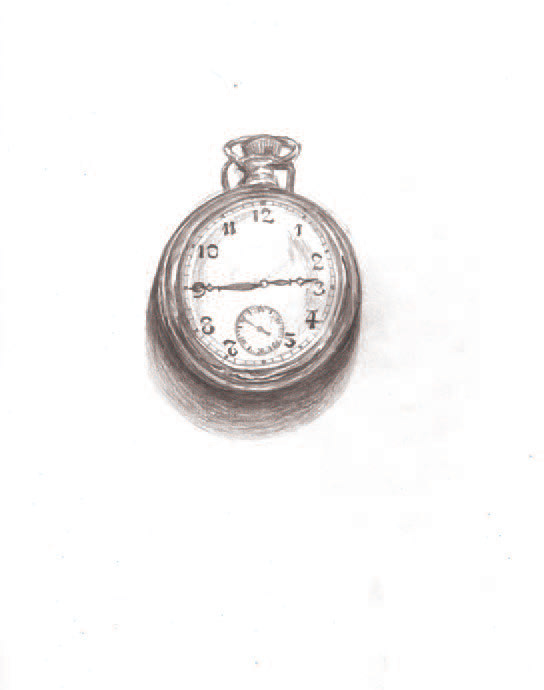
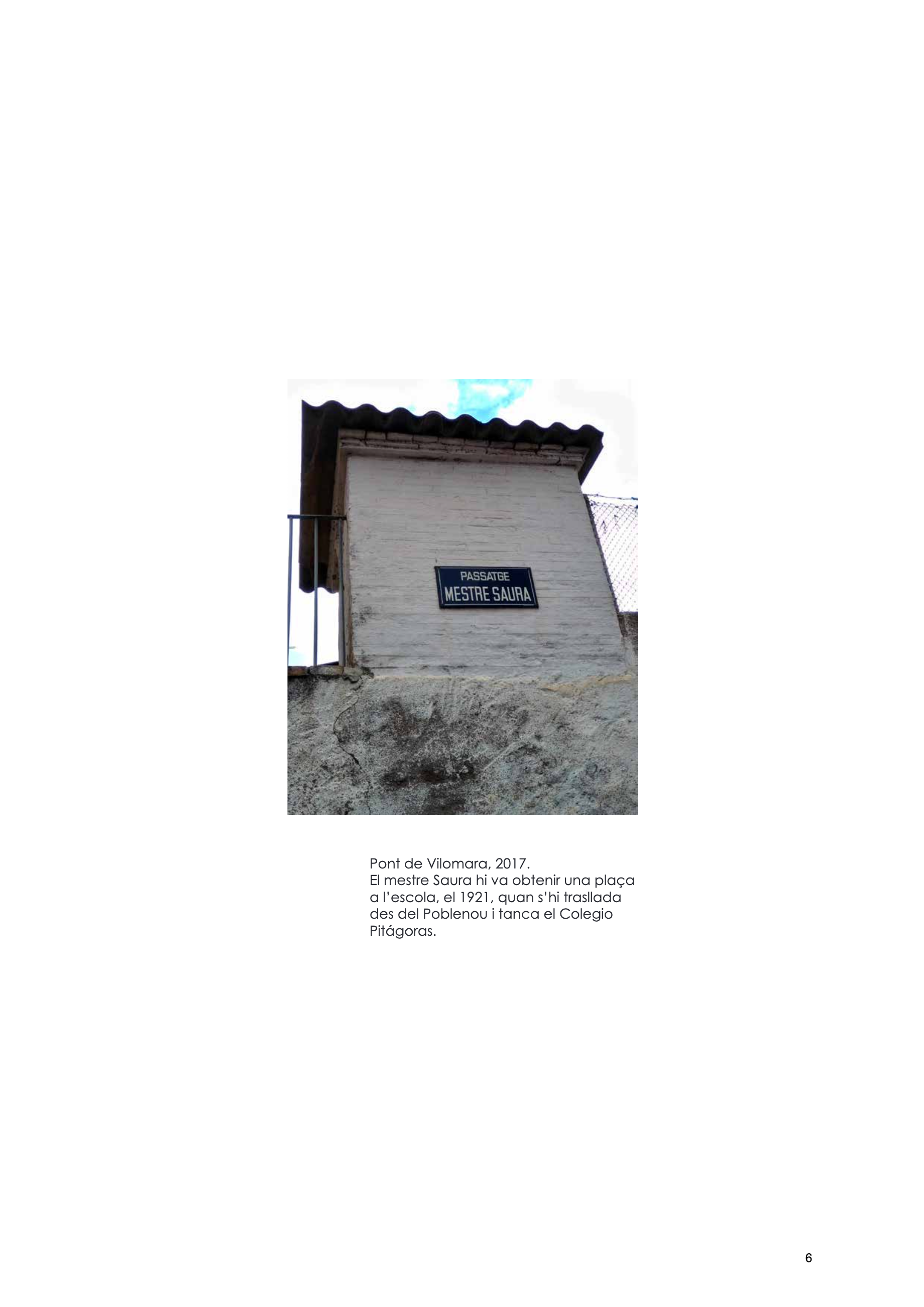
Watch of my grandfather (1917-1999, Barcelona). 2013. Fine Arts University,
being used in the cover of my Master Thesis Orwell in the Desert, EINA University School of Art and Design, 2017.
Photo of the street dedicated before to my great-grand-father, who was born in Argelita, Valencia, Castellón, Spain, and migrated to Barcelona Poblenou workers'area, where he created the School Pitágoras, for children of migrant workers. The dates are aproximated, due to the past of time.
In my Master work I wanted to remark the gaps in history, while only printing the numbers: 1-4-8-9, of a review named Orwell in the Desert, using this watch as cover. The other numbers of this review they should have been lost, like lots of dates and memories in history, this is why I like to do art research on memory.
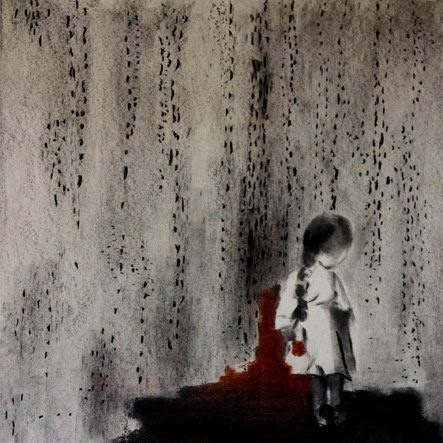
Self-portrait sketch. Study for a self-portrait of my childhood.
Drawing for a book inspired by the poem of Ono no Komachi, poet, of the Heian Period, dates incertain: s平安時代Heian jidai; 794−1192). She is known for her beauty even in modern Japan, and for writing poems about passing of time, love, beauty and solitude. Like the journal of Murasaki Shikibu or the history of Gengi, she is a precedent for contemporary writers, writing in the Middle Age. The concept of mono no aware requires in Japanese poems to identify time and space, in the landscape, as reflect of the soul of the poet, not being only what surrounds the poet. Then, the gap or txi is part of the poem. Like in haikus, where it is necessary to have a word reminding nature and the seasons: Landscape is timescape.
"So the flower has wilted during the long spring rains, just as my beauty has faded during my forlorn years in this world".
花の色は
hana no iro wa
うつりにけりな
utsurinikeri na
いたづらに
itazura ni
わが身世にふる
wa ga mi yo ni furu
ながめせしまに
nagame seshi ma ni
Poem-John Cornford.
To Margot Heinemann
"Heart of the heartless world,
Dear heart, the thought of you
Is the pain at my side,
The shadow that chills my view.
The wind rises in the evening,
Reminds that autumn is near.
I am afraid to lose you,
I am afraid of my fear.
On the last mile to Huesca,
The last fence for our pride,
Think so kindly, dear that I
Sense you at my side.
And if bad luck should lay my strength
Into the shallow grave
Remember all the good you can:
Don’t forget my love".
John Cornford, (27 December 1915, Cambridge – Córdoba, 28 December 1936) wrote this poem from the Aragon Front, in Huesca, to Margot Heinemann, who he met being both students in Cambridge, while he was in the Front fighting with the POUM International Brigade, until it was supressed. Later he was back to Spain, joining then, the International Brigades, after the dissolution of the POUM, being forbidden, under the Stalin purges and not aligned under the Stalin's Communist party. He wrote to her in a letter:
"No wars are nice, and even a revolutionary war is ugly enough. But I'm becoming a good soldier, longish endurance and a capacity for living in the present and enjoying all that can be enjoyed. There's a tough time ahead but I've plenty of strength left for it. Well, one day the war will end - I'd give it till June or July, and then if I'm alive I'm coming back to you. I think about you often, but there's nothing I can do but say again, be happy, darling, And I'll see you again one day."
Former Studio. Atelier Painting.
Working on portrait continuous, Fine Arts University, 2013.
Photo portrait, black and white, Murnau, Staffelsee, 2010.
Murnau was a reference for me, after visiting Kandinsky and Gabriele Munter house and knowing better the works in the museum Franz Marc, before studying 2 years of Fine Arts studies, 2010-2013, at the University of Fine Arts Barcelona.

Study for a self-portrait, Fine Arts, University of Barcelona. Sketch, 2010-2013. Sketch study from a photo of my childhood, 1986, Bretagne, summer.